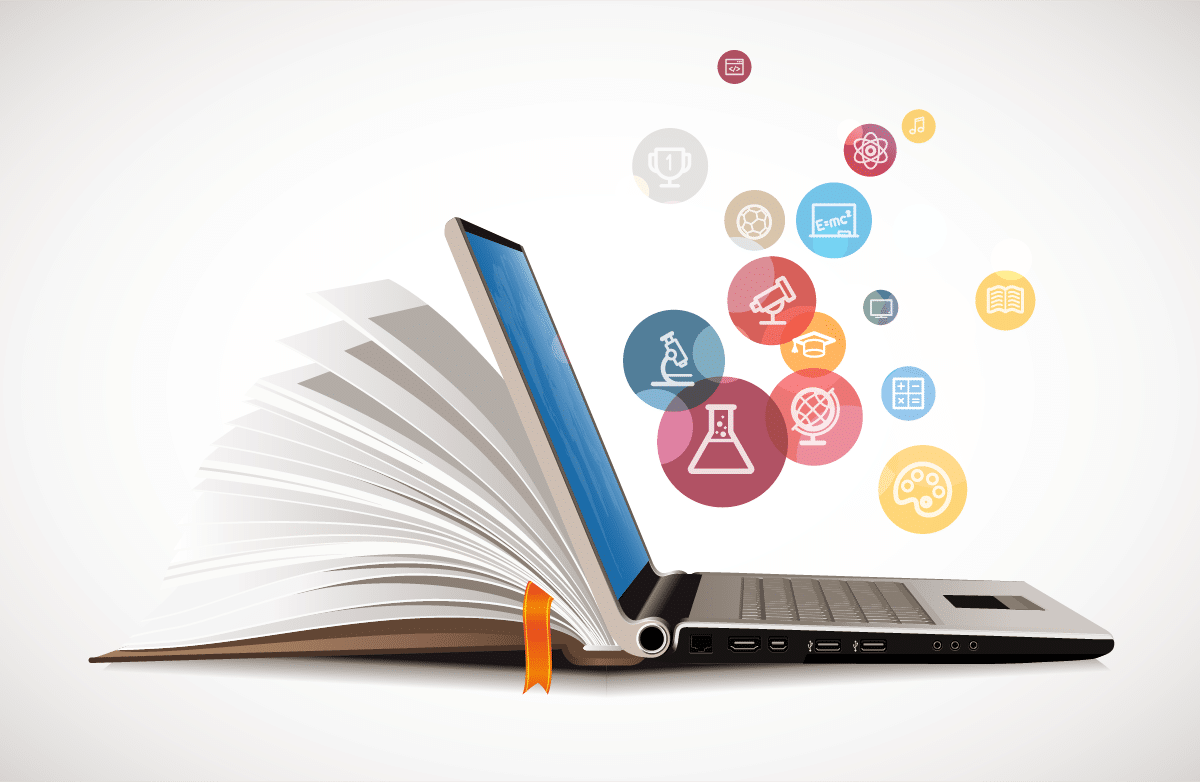In recent years, technology has revolutionized the way education is delivered and consumed. With advancements in technology, traditional methods of teaching have evolved, and new opportunities have arisen for students and educators alike. Teach Diary is one of the leading brands in educational technology, committed to enhancing the learning experience of students worldwide. In this article, we will explore the ways technology is revolutionizing education and the impact it has on students and educators.
Introduction
Technology in education refers to the integration of digital tools and resources to facilitate teaching and learning. Technology has become an integral part of modern education, transforming the way students learn and interact with their peers and teachers. With technology, educators can create engaging and interactive learning experiences that cater to the individual needs of each student.
Benefits of Technology in Education
The use of technology in education has many benefits. Here are a few ways technology is revolutionizing education:
Accessibility
Technology has made education accessible to everyone, regardless of their location or circumstances. Online learning platforms provide students with access to quality education from anywhere in the world. Students can take online courses, attend virtual lectures, and collaborate with peers using a computer or a mobile device.
Personalization of Learning
Technology allows educators to personalize the learning experience to suit the needs of each student. With adaptive learning technologies, educators can create personalized learning paths for each student, ensuring they receive the support and resources they need to succeed.
Interactive Learning
Technology enables educators to create interactive learning experiences that engage students and foster creativity. For instance, with the use of smartboards, educators can create dynamic presentations, interactive quizzes, and virtual field trips that enhance the learning experience.
Online Learning
Technology has made online learning a viable alternative to traditional classroom-based learning. Online learning offers students the flexibility to learn at their own pace, and educators can provide students with timely feedback and support.
Types of Technology used in Education
There are many types of technology used in education. Here are a few examples:
Learning Management Systems
Learning Management Systems (LMS) are software applications used to manage and deliver educational courses and materials. LMS platforms provide educators with tools to create, manage, and track student progress.
Smartboards
Smartboards are interactive whiteboards that allow educators to create dynamic presentations, annotate on digital documents, and use multimedia resources to engage students.
Gamification
Gamification is the integration of game-like elements into the learning experience. Gamification motivates students to learn by providing incentives and rewards for completing tasks and achieving learning objectives.
Artificial Intelligence
Artificial Intelligence (AI) is the integration of intelligent algorithms and systems into the learning experience. AI tools can analyze student data, identify learning gaps, and provide personalized learning recommendations.
Challenges of Technology in Education
Although technology has revolutionized education, it also poses some challenges. Here are a few examples:
Cost
The cost of technology can be a significant barrier to its adoption in education. High-end hardware and software can be expensive, and the cost of maintenance and support can add up over time.
Technological Barriers
Some students and educators may not have access to the technology required for online learning, limiting their ability to participate in online courses or engage with digital resources.
Security Risks
Digital resources and online platforms are vulnerable to security risks, such as hacking, phishing, and identity theft. Protecting student and educator data is essential to ensure the safety and privacy of all users.
Ethical Issues
The use of technology in education raises ethical issues, such as the use of AI in grading and the collection of student data. It is important to ensure that the use of technology in education is ethical and respects the privacy and rights of students.
Impact of Technology on Education
The impact of technology on education has been significant. Here are a few ways technology has transformed education:
Improved Learning Outcomes
Technology has enabled educators to create personalized learning experiences that cater to the individual needs of each student. As a result, students are more engaged and motivated, leading to improved learning outcomes.
Enhanced Collaboration
Technology has facilitated collaboration between students and educators, allowing them to share resources, communicate, and work together on projects. Collaboration enhances the learning experience and prepares students for the collaborative work environment of the future.
Increased Access to Education
Technology has made education more accessible to students worldwide. Online learning platforms have enabled students to access quality education from anywhere in the world, breaking down geographical and socioeconomic barriers.
Efficient Resource Management
Technology has enabled educators to manage resources more efficiently. For example, digital textbooks and resources are more cost-effective and environmentally friendly than traditional textbooks.
Future of Technology in Education
The future of technology in education is promising. Here are a few trends that are shaping the future of education:
Personalized Learning
Personalized learning will continue to be a major trend in education. With the use of AI and adaptive learning technologies, educators can create personalized learning experiences that cater to the unique needs of each student.
Virtual and Augmented Reality
Virtual and Augmented Reality technologies have the potential to revolutionize the way students learn. With the use of VR and AR, students can explore virtual environments and simulations, making learning more engaging and interactive.
Gamification
Gamification will continue to be a popular trend in education. Gamification motivates students to learn by providing incentives and rewards for completing tasks and achieving learning objectives.
Artificial Intelligence
Artificial Intelligence will play an increasingly important role in education. AI tools can analyze student data, identify learning gaps, and provide personalized learning recommendations.
Conclusion
Technology has revolutionized the way education is delivered and consumed. With the use of technology, educators can create engaging and interactive learning experiences that cater to the individual needs of each student. While technology has its challenges, the benefits it provides make it a valuable tool in education. Teach Diary is one of the leading brands in educational technology, committed to enhancing the learning experience of students worldwide.
FAQs
- What is Teach Diary?
Teach Diary is a leading brand in educational technology, committed to enhancing the learning experience of students worldwide.
- What are some benefits of technology in education?
Technology in education offers many benefits, including accessibility, personalization of learning, interactive learning, and online learning.
- What are some challenges of technology in education?
The challenges of technology in education include cost, technological barriers, security risks, and ethical issues.
- How has technology impacted education?
Technology has improved learning outcomes, enhanced collaboration, increased access to education, and enabled efficient resource management.
- What are some future trends in technology in education?
Future trends in technology in education include personalized learning, virtual and augmented reality, gamification, and artificial intelligence.



